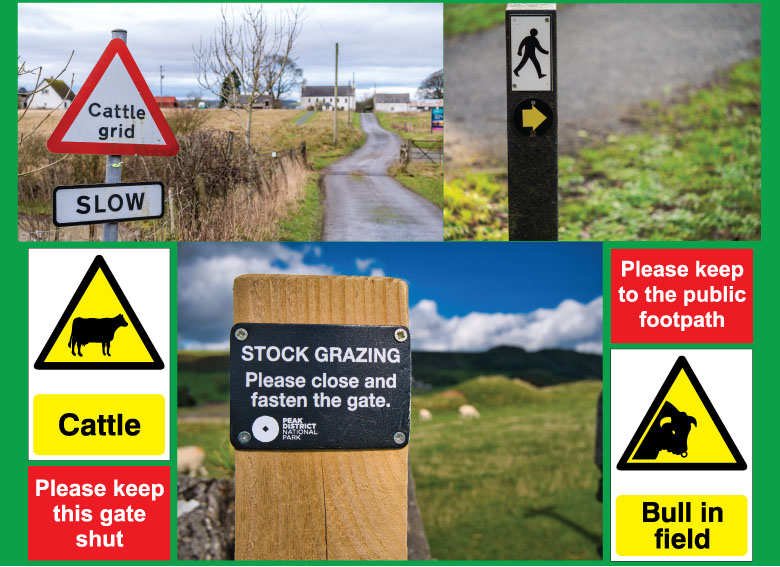
From mesothelioma to lung cancer, the dangers of asbestos exposure have been known for more than 40 years. The government introduced a license for carrying out asbestos work back in 1983, with the most dangerous subtype, amphibole, being banned in 1985. A complete UK ban on the import, supply and use of all asbestos was made in 1999.
Despite the ban, there are still more than 5,000 asbestos-related deaths in the UK each year.
To help raise awareness and make change, earlier this year, the IOSH (Institution of Occupational Health and Safety) renewed its call on the UK government. It emphasises the need for greater education, with the asbestos warning that ‘lives depend on action’.
Let’s take a look at the campaign and how asbestos safety can be improved with Label Source products here. More...

Every employer has a duty of care to their employees. That means they have an obligation to provide welfare facilities for staff, including free and safe drinking water and having somewhere to rest and eat meals. Fail to provide these basics and you could not only face compensation claims and fines, but your business would miss out on four mighty benefits.
Work culture specialists OfficeVibeHub argues that businesses with a breakout space will achieve:
- Higher levels of productivity
- More collaboration
- Increased creativity
- A reduction in stress among workers.
Don’t miss out! Here, we’ll show you how to create a breakout area and look at multiple examples of staff room signs which encourage workplace safety. More...

Accidents happen. And, in many cases, they can be avoided with appropriate personal protection equipment and by following recommended safety protocols.
While the specifics of the incident are unreported, the recent sudden death of Gogglebox’s George Gilbey has spurred safety conversations.
Widely known for his appearances on Gogglebox and Celebrity Big Brother, George Gilbey tragically lost his life in a fall from height on the 27th of March. Remembered as a kind man who always had time for others, Gilbey was reported to have sustained terminal injuries when working as an electrician at an Essex warehouse.
Aged just 40, Gilbey’s death has been taken as a timely reminder of the importance of working safely at heights. This extends to the suitable placement of work safety signs, as highlighted in this article. More...
.jpg)
We’re not here to preach. The dangers of smoking have long been known, with the first No Tobacco Day being observed by member states of the World Health Organisation (WHO) in 1987. However, there’s still an apparent need to raise awareness, as smoking remains the number one cause of premature and preventable deaths across the world.
With this year’s No Tobacco Day falling on the 31st of May, let’s take a look at the appropriate no-smoking signage your business needs and where to place them. More...

With the sun finally starting to appear, many people are heading to the great British countryside. While doing so, there are a few animals you are almost guaranteed to spot during your travels, one of the biggest being cows. There are 9.7m cattle in the UK, after all.
Generally, cows are not flustered by humans and are quite placid, however, like any animal, they can react when they feel threatened. So, although walking through and enjoying the countryside is typically safe, it is worth bearing the following tips in mind. More...